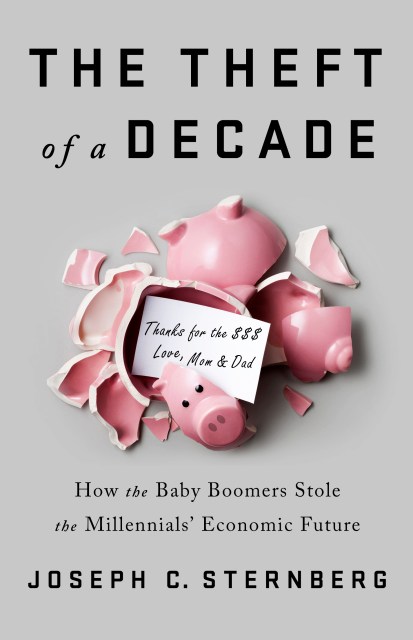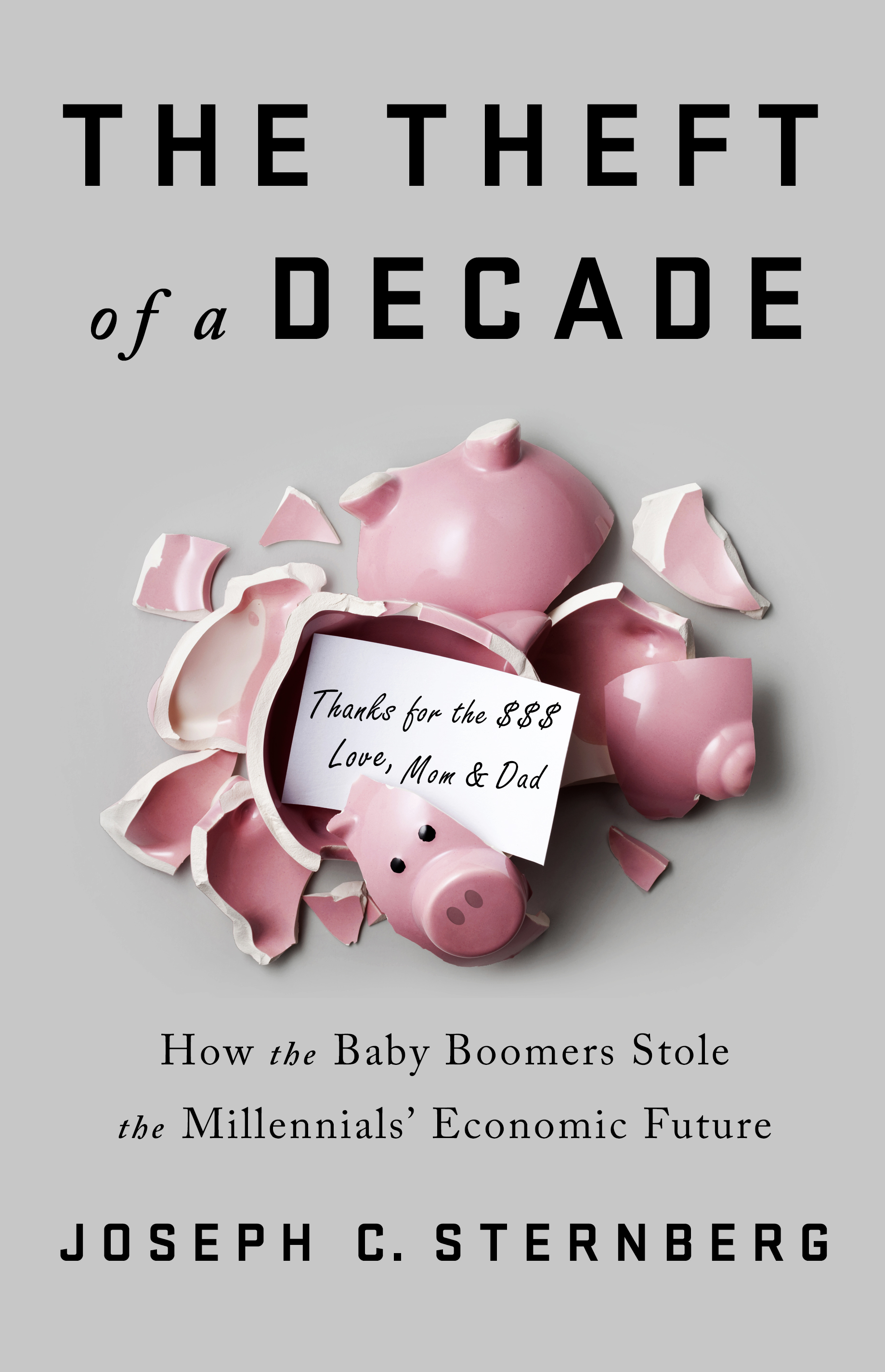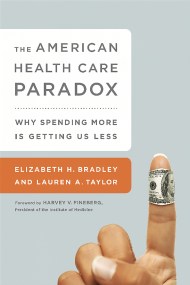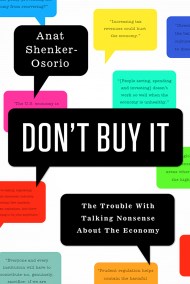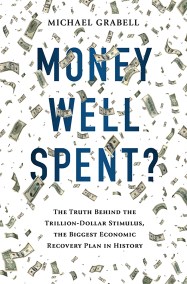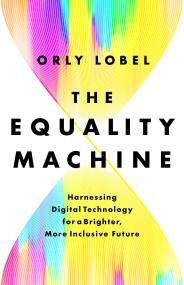Promotion
Use code MOM24 for 20% off site wide + free shipping over $45
The Theft of a Decade
How the Baby Boomers Stole the Millennials' Economic Future
Contributors
Formats and Prices
Price
$28.00Price
$36.50 CADFormat
Format:
- Hardcover $28.00 $36.50 CAD
- ebook $14.99 $19.99 CAD
- Audiobook Download (Unabridged)
This item is a preorder. Your payment method will be charged immediately, and the product is expected to ship on or around May 14, 2019. This date is subject to change due to shipping delays beyond our control.
Also available from:
A Wall Street Journal columnist delivers a brilliant narrative of the mugging of the millennial generation– how the Baby Boomers have stolen the millennials’ future in order to ensure themselves a comfortable present
The Theft of a Decade is a contrarian, revelatory analysis of how one generation pulled the rug out from under another, and the myriad consequences that has set in store for all of us. The millennial generation was the unfortunate victim of several generations of economic theories that made life harder for them than it was for their grandparents. Then came the crash of 2008, and the Boomer generation’s reaction to it was brutal: politicians and policy makers made deliberate decisions that favored the interests of the Boomer generation over their heirs, the most egregious being over the use of monetary policy, fiscal policy and regulation. For the first time in recent history, policy makers gave up on investing for the future and instead mortgaged that future to pay for the ugly economic sins of the present.
This book describes a new economic crisis, a sinister tectonic shift that is stealing a generation’s future.
Genre:
- On Sale
- May 14, 2019
- Page Count
- 288 pages
- Publisher
- PublicAffairs
- ISBN-13
- 9781541742369
Newsletter Signup
By clicking ‘Sign Up,’ I acknowledge that I have read and agree to Hachette Book Group’s Privacy Policy and Terms of Use
